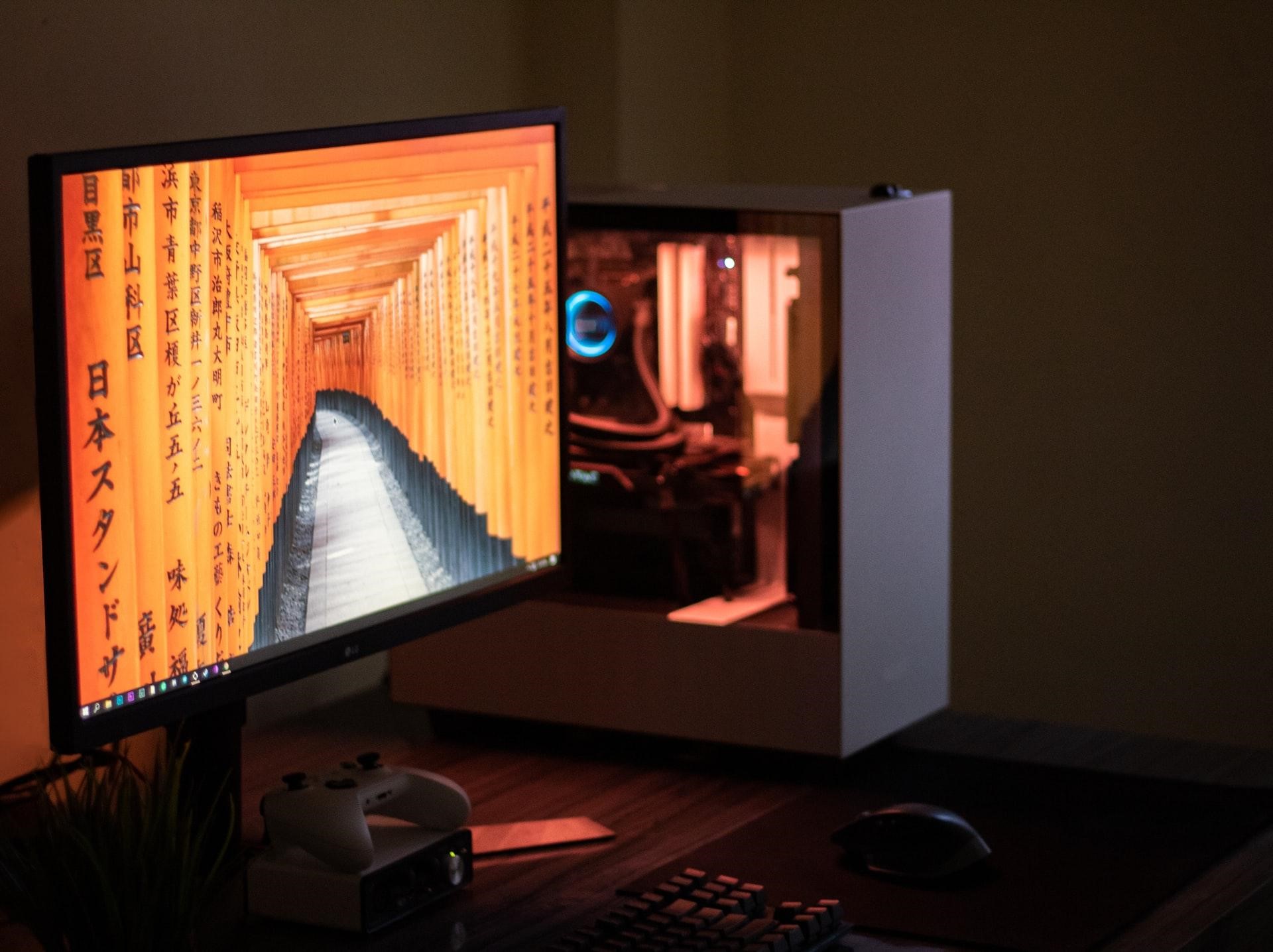Image from Unsplash.com
Most of us use our Windows PCs without thinking much about the risks involved. Despite warnings that abound about hacking, malware, and other threats, we continue using our Windows PCs without taking extra precautions. If you are a stickler for privacy and want to keep your PC safe, here are some of the risks facing your PC and the mitigation measures you can take.
Table of Contents
● Malware
Malware is short for malicious software. Malware is code designed by malicious actors to cause damage to computers, networks, and servers or gain access to systems. Malware is a general term for various malware types such as Trojans, spyware, viruses, and others.
● Phishing
Phishing is prevalent because it is a form of social engineering. In a phishing attack, you may receive a text or email that appeals to your emotions. For instance, a hacker may send you an email purporting to be your bank, telling you that you have an issue with your account that needs to be resolved immediately, or you may lose your money.
The email will request you to click on a provided link or download an attachment. You might panic and click on the link, which redirects you to a bogus link that looks down to the last detail, like your bank’s official website.
The website prompts you to enter your details, such as credit card details, username, and password. These details are then used to steal from you.
● Man in the Middle Attacks
Man-in-the-Middle attacks are when a hacker comes in the middle of a two-party communication. Each party thinks they are communicating with the other, but instead, they are both communicating with the hacker. This is very common when using public networks, or when you have weak passwords.
How to secure your Windows PC
It is possible to protect your PC from cyberthreats by doing the following.
1. Enable all automatic updates
Most OS (operating systems) have automatic updates. These updates take care of any security vulnerabilities that hackers can take advantage of to infiltrate your PC. You do not have to remember to click any update buttons, and once you enable the automatic update option, the software updates automatically in the background.
2. Install a VPN
A VPN (Virtual Private Network) is software that when installed on a PC, allows you to browse safely online. There are many reasons why you should download a VPN for PC. A VPN hides your IP address, making it almost impossible for anyone to tell your actual physical location.
A VPN also encrypts your data, making it very hard for anyone to carry out attacks on your computer. Most VPN services use AES-256, or Advanced Encryption standard that uses 256-bit to encrypt your data, the same standard used by banks to secure their data.
3. Activate firewalls and install antivirus software
All Windows PCs come with an inbuilt firewall that provides your PC with real-time detection, mitigation, and malware elimination.
Since malware is a generalized term, you need to install an antivirus that is more specific in detecting viruses and blocking them from attacking your PC.
4. Avoid suspicious links and downloads
When you receive an email that looks suspicious, do not click on the link or download any attachment. Instead, go to the official website of your bank or the concerned website directly from your browser. You can also hover over the link to check if it is an HTTP or HTTPS. A legitimate link will be an HTTPS, and if it is an HTTP, it is a fake site.
5. Use strong passwords
Most people take the use of solid passwords lightly. The use of easy-to-guess passwords has been the downfall of many. Using passwords like your date or year of birth, children, or pet names is easy for hackers to guess. Use an alphanumeric password with lower- and upper-case alphabets and a mix of numerals and special symbols.
6. Use multifactor authentication methods
A multifactor authentication method or 2-step verification is a safe method that allows you to use a password and a second but one-time passcode sent to a trusted device like your mobile phone. For more advanced PCs, you can use biometric authentication like a retina or fingerprint scan.
7. Monitor your PC via Windows Task Manager
If you feel your PC is acting strangely, you might have a malware infection or another performance issue. To diagnose the problem, the Windows Task Manager will tell you what the problem might be.
The Task Manager informs you of the running programs, the space they occupy, and the disk space left on the PC hard drive.
Conclusion
Cyberthreats are imminent, and most people only realize it when they get attacked. Please do not wait for an attack to take precautions because it might be too late. Some attacks can wipe off all your data. Take the necessary mitigation measures, and stay safe when browsing!

